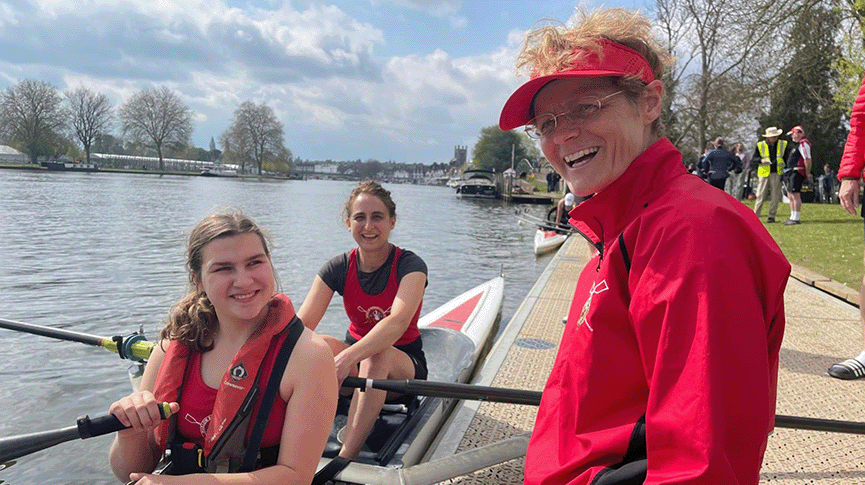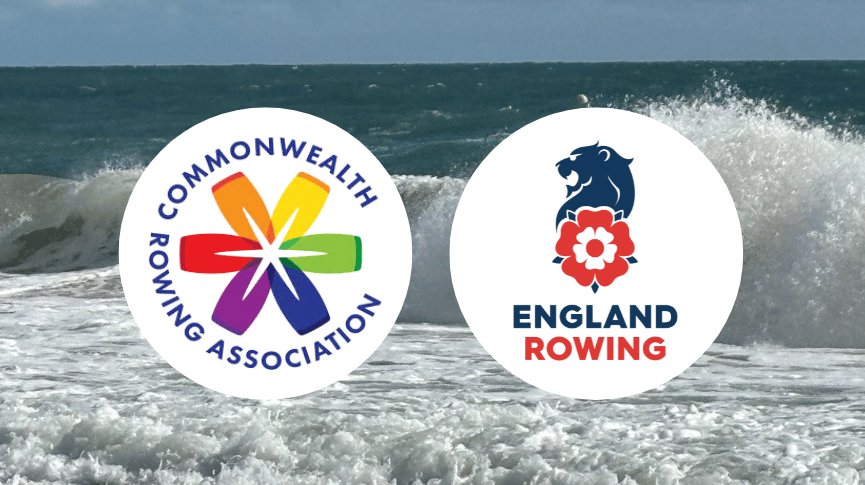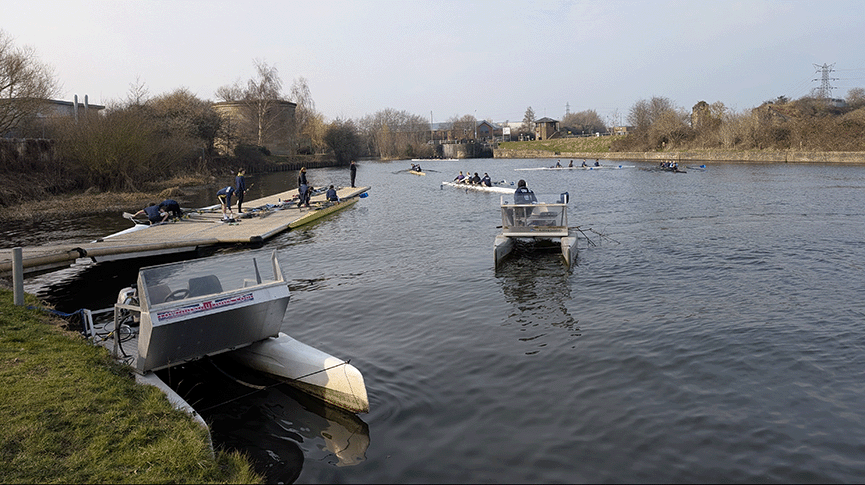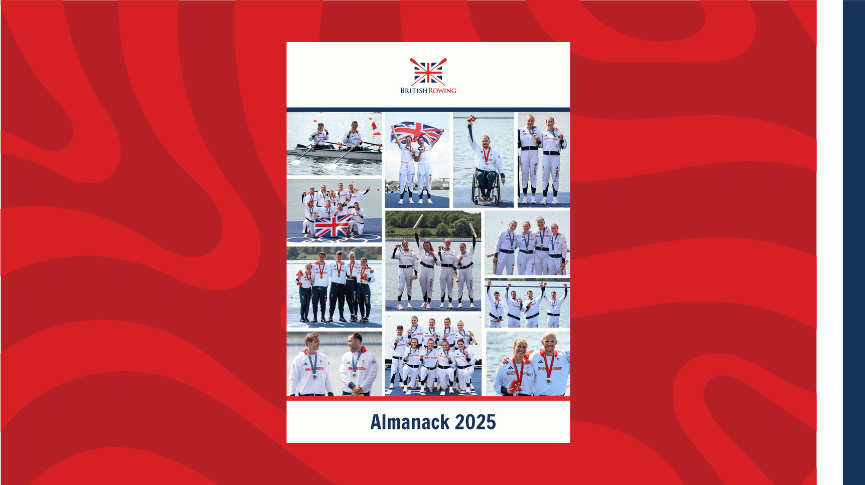Hazard spotting quiz
Staying safe all is about taking care to avoid accidents. We should all take care of our own, and others’, safety. There are hazards to avoid and we must be prepared to cope if something happens.
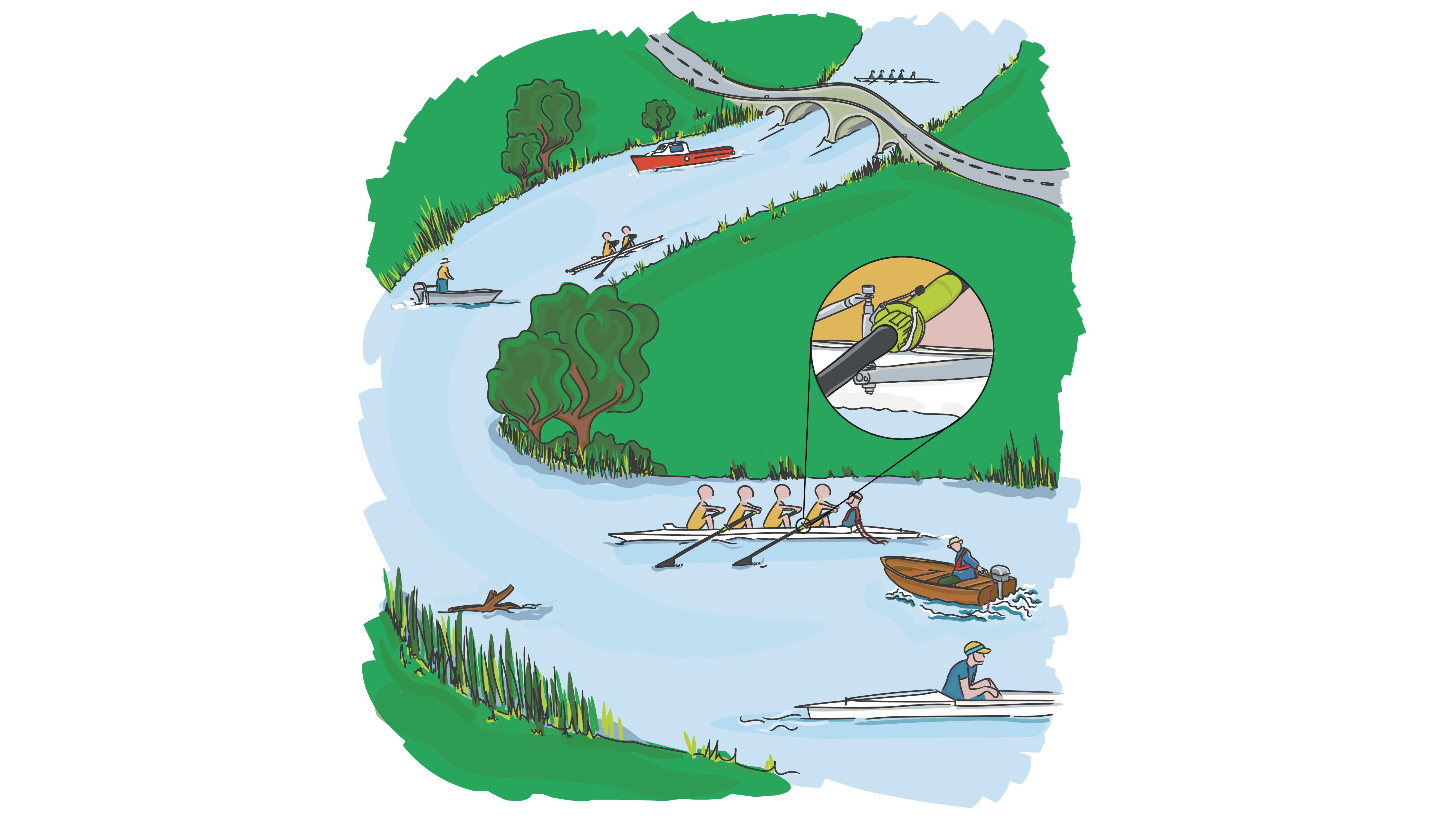
This hazard spotting quiz acts as a reminder of the different hazards on the river that we need to be aware of, so if you spotted all ten hazards on the quiz that already shows a good awareness of safety. There were, however, actually fifteen hazards to spot so if you saw all fifteen then that is absolutely brilliant.
So what were the additional five hazards? Let’s start at the top of the picture.
Did you notice the red motor boat, just downstream of the bridge? There are too many collisions between rowing boats and motor launches and failure to comply with navigation rules is far too common.
How about the coach of the pair; not only is he standing up in his launch, and that is an unstable position, but he has also positioned his boat right in the middle of the river near a bend where it is an obstruction to other river users.
Have a look at the coach of the coxed four, is he looking where he is going? We have too many incidents where coaches could have helped crews to avoid problems and do not succeed in doing so.
You may also notice that he too has positioned his boat in the middle of the river when approaching a bend. This is just asking for trouble.
Have a look at the cox in the foreground. Not only is he not correctly dressed for the winter but he is also not wearing a lifejacket. What more do we need to say?
Do not forget that this is a winter scene and the inland waters are much colder than the sea at this time of year.
Let’s have a look at the ones that were listed in Rowing and Regatta.
- Two boats are on a collision course on a bend – the coxed four and the pair.
- The pair is on the wrong side of the river.
It is amazing how many times this happens. The three most common causes of rowing boat collisions are:-
– Failure to adhere to the circulation plan
– Failure to keep a good lookout, and
– Doing both of the above at the same time - The four’s cox is not aware of the floating log in river ahead.
This log is easy to see but most are black and float very low in the water. - One of the rowers in the four doesn’t have their gate done up.
You may think that this is too stupid to be true, but it is not. This is the most common identified cause of capsizes. There are several examples on YouTube, just look at this, and this and this. - Cox’s lifejacket – crotch straps not fastened.
Crotch straps are vitally important, they stop your lifejacket from coming off over your head when it inflates in the water. Have a look at this video. - The four’s coach doesn’t have the kill-cord attached in the launch.
This is very dangerous and should never happen. There is more information on how to use kill cords here. - Trees on bend may be obstructing their view ahead.
There have been too many collisions recently where rowers have blamed the owners of trees because their view ahead is restricted. Tree owners should attend to their trees but rowers have a responsibility for themselves and others too. Quite simply, if you cannot see what is coming then take great care and consider going somewhere else. - The cox in the foreground is dressed in shorts and t-shirt during this winter scene.
Coxes and coaches are most at risk of risk of hypothermia as they do not expend much energy (compared with rowers). It is important that they dress appropriately. - The pair’s coach in launch is standing up and driving at the same time.
Standing up in a launch when it is exposes the driver to the risk of falling as the boat moves and, perhaps, falling into the water. This is best avoided by remaining seated. - Four is turning around upstream of a bridge.
This happens too. Being swept sideways by the stream into a bridge, pontoon, buoy, moored boat or other fixed obstruction not only puts the crew in danger but also tends to cause serious damage to boats. This is all so easily avoided.
One last thing. You may feel that there is a lack of a bow-ball on the four. If you do then you could be correct.
It is not difficult to stay safe. All it needs is a little more thought and a little more care.


